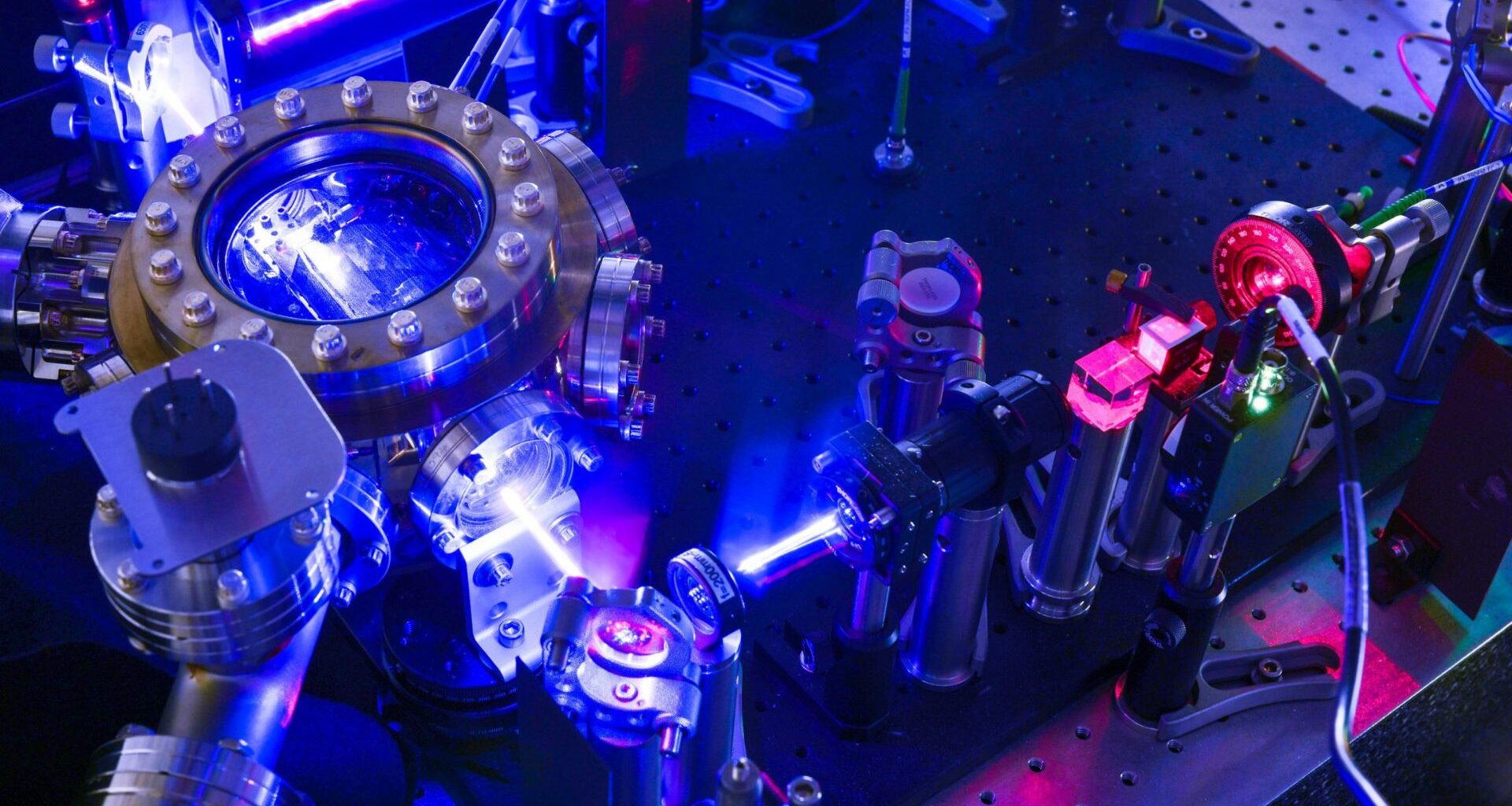In a breakthrough that could reshape quantum electronics and future space travel, researchers at the University of California, Irvine, have discovered a new phase of quantum matter.
The exotic state, hidden within a custom-made material, could open the door to self-charging computers and radiation-resistant electronics designed for deep-space missions.
Quantum phases of matter go beyond the familiar states like solids, liquids, or gases.
These exotic states emerge from the collective behavior of electrons under extreme conditions, often revealing entirely new properties that classical physics can’t explain.
They form the foundation for much of modern quantum research, including superconductors, quantum magnets, and topological insulators.
“It’s a new phase of matter, similar to how water can exist as liquid, ice or vapor,” said Luis A. Jauregui, professor of physics and astronomy at UC Irvine. “It’s only been theoretically predicted – no one has ever measured it until now.”
At the heart of the discovery is a strange dance between electrons and their positively charged counterparts, known as holes.
When subjected to ultra-high magnetic fields, these particles pair up and spin together in the same direction, forming a bright, tightly-bound fluid of excitons.
“It’s its own new thing,” Jauregui said. “If we could hold it in our hands, it would glow a bright, high-frequency light.”
Material responds to 70-Tesla fields
The material that makes this quantum state possible is hafnium pentatelluride, synthesized by Jinyu Liu, a postdoctoral researcher in Jauregui’s lab and the paper’s lead author.
The team exposed this material to magnetic fields as strong as 70 Teslas at Los Alamos National Laboratory, roughly 700 times stronger than a fridge magnet.
As the magnetic field increased, researchers noticed a dramatic change. The material’s ability to conduct electricity suddenly vanished.
That drop, they say, marks the transition into this new quantum phase.
“This discovery is important because it may allow signals to be carried by spin rather than electrical charge,” Jauregui said. “Offering a new path toward energy-efficient technologies like spin-based electronics or quantum devices.”
Liu, along with graduate students Robert Welser and Timothy McSorley and undergraduate Triet Ho, built and tested the devices at UC Irvine.
Theoretical support came from scientists at Los Alamos, including Shizeng Lin, Varsha Subramanyan, and Avadh Saxena.
The team also worked with high-field experts Laurel Winter, Michael T. Pettes, and David Graf for the field experiments.
Future in deep space
One of the most exciting aspects of this material is its resistance to radiation. Unlike traditional semiconductors, this quantum matter holds steady under conditions that would degrade or destroy conventional electronics.
“It could be useful for space missions,” Jauregui said. “If you want computers in space that are going to last, this is one way to make that happen.”
As private space firms like SpaceX push toward human missions to Mars, the need for durable electronics becomes urgent.
Devices made from hafnium pentatelluride could help solve the radiation problem, keeping systems alive and operational over long durations in space.
“We don’t know yet what possibilities will open as a result,” Jauregui added.
The research appears in the journal Physical Review Letters.
